renewableenergy
Latest

Trump's new solar tariffs could kill 23,000 US jobs
As expected, US President Donald Trump has imposed a 30 percent tariff on solar cells imported into the US, mainly from Asia, a move that could bring the booming residential solar industry to a screeching halt. The levies are less than those requested by the US solar cell manufacturers that brought the dispute to US regulators to begin with. However, they were vehemently opposed by Tesla and other large players in the US solar energy industry, who say they will wipe out high-paying jobs in a promising new sector of the economy.
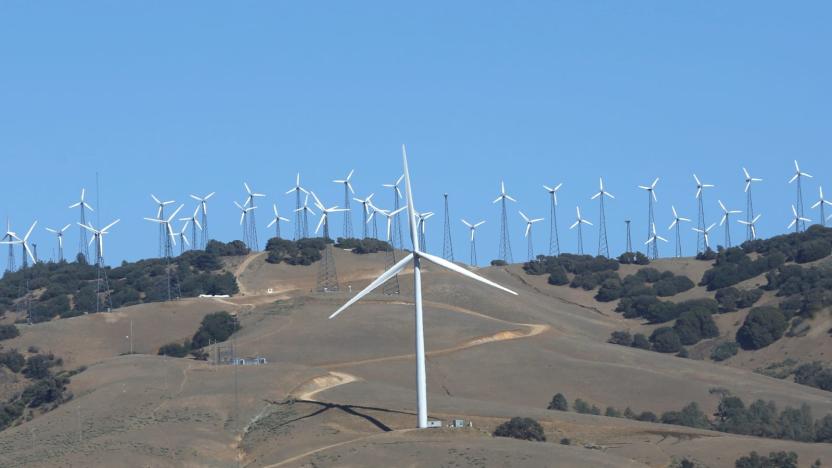
Nearly all new US electricity capacity was renewable in 2017
Renewable energy played an important role in the US last year... although you might not want to cheer too loudly. Data from both the Rhodium Group and the Energy Information Administration shows that solar and wind power represented 94.7 percent of the net new electricity capacity (15.8GW out of 16.7GW) added in 2017. However, that's mainly because fossil fuel power continued to fade away. Electrek noted that plant closures removed 11.8GW of utility-scale fossil fuel power from the equation -- this was more a testament to the decline of coal than a triumph for green tech.
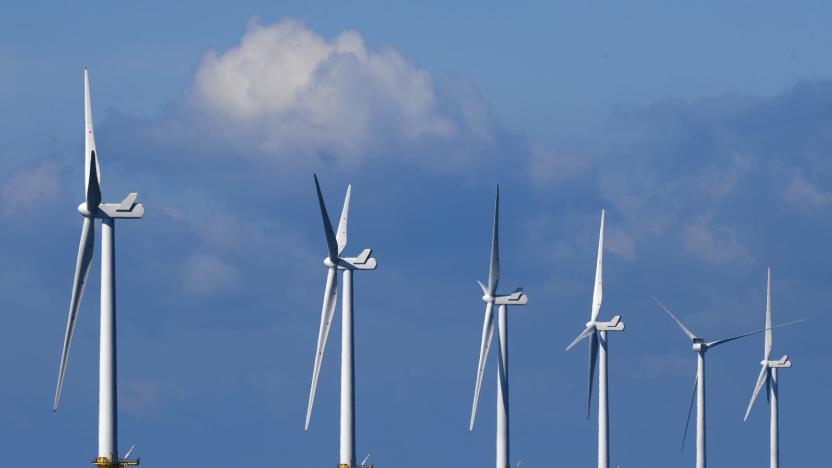
Renewable energy outstripped coal use in the UK for most of 2017
The UK has been working to significantly reduce its carbon emissions and with that effort, it hit some major green milestones this year. In April, the country went a full day without coal-generated power for the first time in 135 years. And in June, the country saw more than half of its energy being generated by renewables (i.e. solar, wind, hydropower and biomass) for the first time.
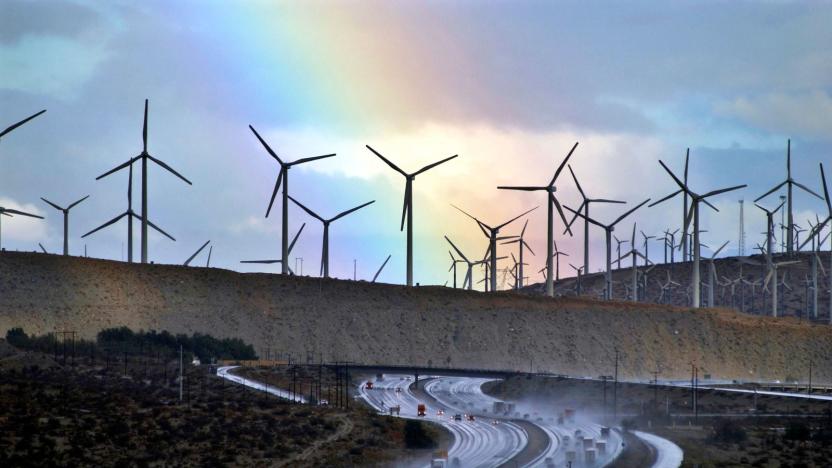
California is set to hit its green-energy goals a decade early
California is both the nation's leading renewable-energy proponent and one of the few states to actually put its power where its mouth is. In November, the California Energy Commission released its annual Renewable Portfolio Standard (RPS) report which found that the state's three investor-owned utilities -- Pacific Gas & Electric, Southern California Edison and San Diego Gas & Electric -- are on track to collectively offer 50 percent of their electricity from renewable resources by 2020. That's a full decade faster than anyone had anticipated. Reports like these have been used to promote clean-energy production throughout the US and the rest of the world since the 1970s. However, it wasn't until 2002 that California codified the practice. But despite being in effect for only 15 years, California's mandatory reporting has become a potent tool in fighting greenhouse-gas emissions throughout the state.
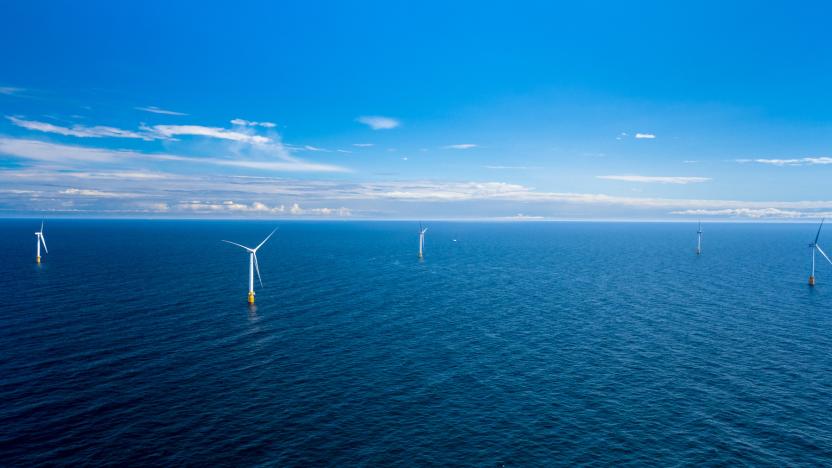
World’s first floating wind farm powers up in Scotland
The blades of five huge turbines have begun spinning on the world's first floating offshore wind farm, located over 15 miles off the coast of Peterhead, Aberdeenshire in Scotland. First Minister Nicola Sturgeon is cutting the ribbon on the renewable energy site today -- presumably in an on-land ceremony -- which is capable of pumping 30 megawatts of clean electricity into the grid. In more human terms, that's enough to power approximately 20,000 homes. The turbines of Hywind Scotland stand 253 meters tall in total (around 830 feet), with 78 meters (256 feet) of that bobbing beneath the surface, tethered to the seabed by chains weighing 1,200 tonnes.
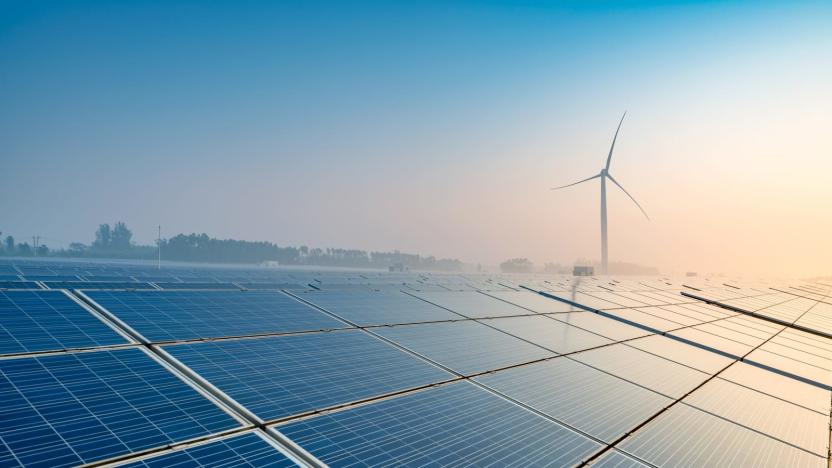
Solar power is the fastest growing source of global energy
Solar power was the fastest-growing source of global energy last year, overtaking growth from all other forms, according to the International Energy Agency (IEA). The spurt is largely attributed to lower prices and changing government policies encouraging a shift away from traditional power sources, such as coal. China, for example, has played an important role in renewable energy's prominence, accounting for almost half of all new solar panels installed worldwide.
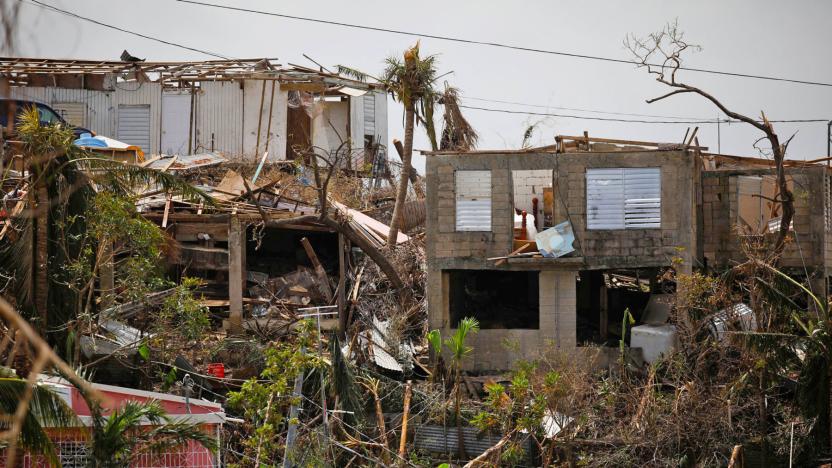
How Puerto Rico's power crisis ends
When Hurricane Maria crashed into Puerto Rico on September 20th, it found a vulnerable target. The island is facing an extreme financial crisis that's been building steam for decades; roughly 43 percent of its residents live in poverty. Its sole electric company, PREPA, is $9 billion in debt and has been operating with outdated equipment for decades. Its power plants are an average of 44 years old and rely on outdated oil-fired systems, while most plants in the United States are about 18 years old and use newer natural-gas generators. PREPA filed for bankruptcy in July, calling its own infrastructure "degraded and unsafe." Then the hurricanes hit. On September 7th, Hurricane Irma skirted Puerto Rico's northern coastline as a Category 5 storm, killing at least three people and knocking out power for more than 1 million residents. That weekend, PREPA was able to turn the lights back on for 70 percent of its affected customers, but others expected to wait months for power to return. Hurricane Maria made its way up the Caribbean on September 20th, bringing winds of 140 MPH and dumping 25 inches of rain on Puerto Rico. It devastated the island. Maria knocked out PREPA's electrical systems, leaving 3.4 million people in the dark, with little hope of a quick recovery. Officials have suggested it will take four to six months for power to be restored.
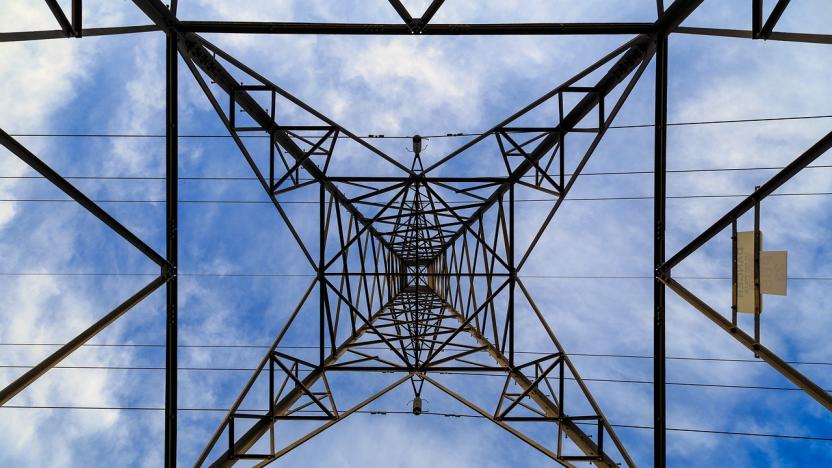
Your solar panels could power the neighborhood during a blackout
A new set of algorithms could make it possible for renewable energy-generating homes to not only access their power reserves during outages, but share their resources with their neighbours -- a move which could play a significant role in disaster relief efforts. Self-sufficiency is an attractive factor when it comes to domestic renewable energy, but even though it's the sun generating electricity, owners of solar panels are still beholden to the grid. During an outage, their equipment powers down for safety reasons, and it's impossible to draw on the renewably-generated electricity that's waiting to be used. We've seen companies produce kit to overcome this before -- Tesla's Powerwall home battery system can untether a home from the grid for a few hours, for example -- but researchers from the University of California San Diego want to scale up the technology to have a wider and more meaningful impact.

Apple’s Iowa data center could make Siri better in the US
Apple has been building data centers powered by renewable energy across the US for some time, now, with facilities in North Carolina, Arizona and Reno. The tech company plans to build it's latest data center -- a 400,000 square foot facitlity -- in Waukee, Iowa by 2020. Construction should begin early next year with the resulting center aimed at supporting users of Apple's online services in North America. "Our new data center in Iowa will help serve millions of people across North America who use Siri, iMessage, Apple Music and other Apple services -- all powered by renewable energy," said Apple CEO Tim Cook in a statement.

California continues to lead the US in renewable energy
In 2006, California adopted aggressive legislation aimed at reducing greenhouse gas emissions and boosting renewable energy production throughout the state. And since then, the state has been tracking its progress through its annual California Green Innovation Index report. The ninth report was just released this week and it shows that the state has made some major progress towards its renewable energy goals while hitting a bit of a bump in regards to its emission reductions.
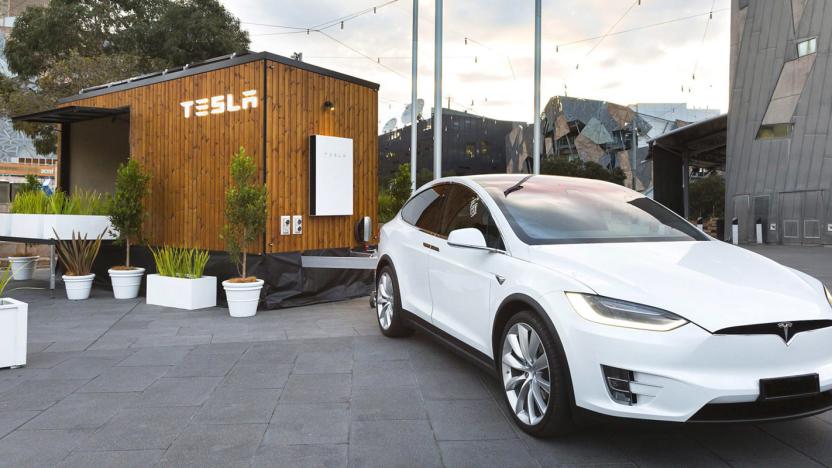
Tesla's 'Tiny House' roadshow demystifies its energy tech
Renewable energy is good for the planet, but it can be great for consumers -- depending on your location, you can actually make a profit using solar panels and backup battery storage. Those benefits can be hard for consumers to grok, however, so Tesla has launched the "Tiny House" tour in Australia with all of its latest technology in tow (literally).

Alphabet is using salt and antifreeze to store power from wind farms
The latest from Alphabet's experimental X division? A storage solution for renewable energy. Code named "Malta," the system uses tanks of salt and antifreeze (or another hydrocarbon liquid) to create and store energy.

The UK wants smart homes to become one with the energy grid
The UK government imagines a near future where smart home devices and appliances can help balance the scales of energy supply and demand, as well as save consumers and businesses money. The Department for Business, Energy and Industrial Strategy has worked with regulator Ofgem and the industry on the "smart systems and flexibility plan," which sets out ways in which we can make smarter, more efficient use of the grid and new technologies. Connected appliances could play an important part. You might want to set your smart washing machine to run when electricity is particularly cheap, for example, or even cede control of your smart fridge to an external force that turns it off for ten minutes when demand is high and the grid is stressed.

Researchers made a battery out of trash
Pursuing more efficient sources of renewable energy has led to many iterations of the battery. But researchers just brought a really interesting new version to the table, one made from potassium ions and trash.
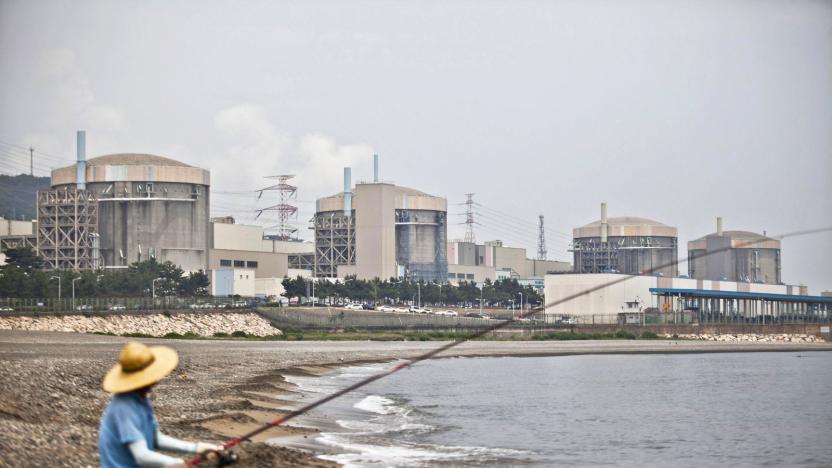
South Korea turns its back on coal and nuclear power
South Korea is clearly a tech-savvy country when companies like Samsung and LG dominate, but you almost wouldn't know it by looking at its energy policies. It not only depends heavily on coal and nuclear reactors (70 percent of its power comes from those sources), but gives them tax breaks to keep prices down. However, it's making an about-face now that there's a new president. New leader Moon Jae-in is proposing an energy strategy that would discourage the uses of coal and nuclear in favor of both natural gas and renewable sources like hydro and solar. It would be unusually rapid -- and not without potential problems.

San Francisco train service plans to run solely on clean energy
Commuter trains are already somewhat eco-friendly by their nature (you're less likely to need a car, after all), but the San Francisco Bay Area's train system is taking things one step further. BART (Bay Area Rapid Transit) has unveiled a policy that will gradually move it to completely renewable energy. It starts off modestly by limiting CO2 emissions now through 2024, but the plans will be more aggressive after that. At least half of its energy will have to come from renewable sources by 2025, with 90 percent of it from low or zero-carbon sources. All of it will have to be zero-carbon by 2035, while complete reliance on renewable sources would come by 2045.

Portland plans to convert poop into fuel
The city of Portland has come up with an unusual way to replace diesel fuel. It's going to convert waste methane from sewage into renewable natural gas. That's right -- trucks in the future could run on poop.
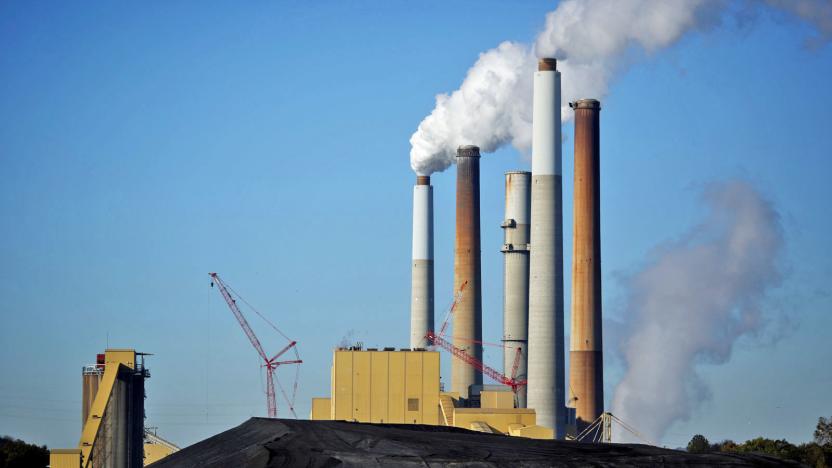
Coal company plans Kentucky's biggest solar farm for old mine site
Amid the decline of coal power, one fossil fuel company is refurbishing one of its old strip mining sites as a solar farm. Berkeley Energy Group is setting up two sites in eastern Kentucky as test locations to see if the concept is feasible. Early estimates peg the farm's production at 50 to 100 megawatts, which would yield five to ten times more electricity than the largest existing solar facility in the state.
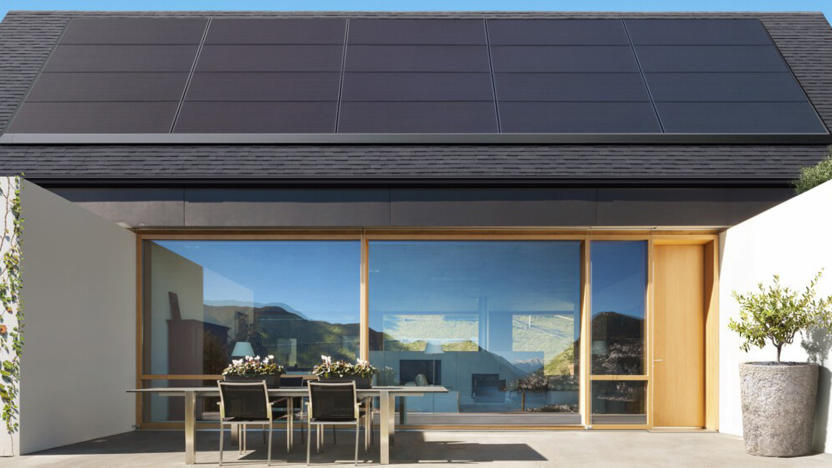
Tesla's sleek solar panels are easier to install on your roof
Tesla's home energy efforts might be centered around its solar roofs, but it knows that not everyone can (or wants to) rip up their roof just to bring renewable energy to their home. To that end, the company is offering a first glimpse at Panasonic-made solar panels that would go on top of your existing roof. Unlike many aftermarket options, this would be relatively slick and unintrusive -- the panels have "integrated front skirts and no visible mounting hardware." While it'll be patently obvious that you have solar energy on your roof, it shouldn't be the eyesore you sometimes get with conventional designs.

Germany plans to squeeze hydroelectric power out of a coal mine
As coal energy falls out of favor in much of the world, one defunct mine in the heart of Germany's coal country is preparing for a new life as a sustainable power plant. As Bloomberg reports, the Prosper-Haniel mine in the state of North-Rhine Westphalia is scheduled to shut down in 2018 when government coal subsidies end and the operation that has provided jobs for the town of Bottrop since 1974 becomes too expensive to operate. But the town could continue providing power to the region while leading the next wave of renewable energy developments by converting its mine shafts into a pumped hydroelectric storage station.










